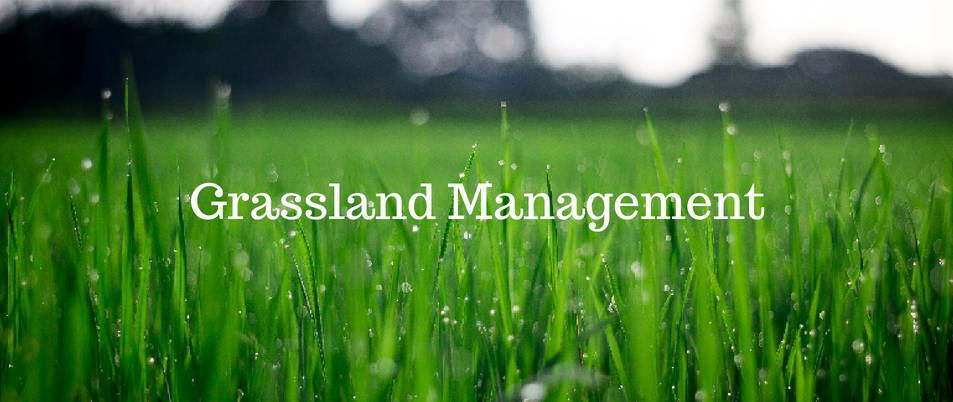2018 is proving to be a challenging year for highly stocked farms across the country with many farmers expressing fodder concerns already. In order to improve your farm forage production, Agritech’s Bil Ryan states that it is important to develop a farm plan which focuses on optimum soil fertility, good grazing infrastructure and grass swards which contain high levels of ryegrass varieties and clover.
According to Bil, some useful rules of thumb at this point include:
- Following a fertilizer program:
For those who have experienced rainfall, apply fertiliser as soon as possible to increase grass growth and build grass supply for autumn grazing or a later cut of silage if possible.
- Lengthening grazing rotations:
Implementing a 30 day rotation will help improve grass covers and reduce pressure on winter forage stocks.
- Carrying out reseeding as planned:
To achieve high yields of grass for next year, now is the right time to think about reseeding. Old and damaged paddocks and underperforming swards are the ones that will benefit most and give the biggest return on investment from reseeding.
When reseeding, Bil’s advice is to “create a fine, firm seed bed, apply appropriate nutrients, lightly cover the seed and double roll the ground to ensure optimum germination and adequate fuel to sustain the new reseed.”
It is essential to choose a mix of grass seed that will improve animal performance, increase forage yield, be easily managed and have good persistency. “Our Tipperary Grass Seed mixtures have built an excellent reputation with farmers throughout the country for delivering optimal germination, establishment and increased yield in new grass leys” states Bil.
For any further advice on reseeding or to choose a suitable grass mixture from the Tipperary Grass Seed Range, contact your local Agritech distributor.


